How to Throw-In Soccer Properly: Expert Techniques for 2025
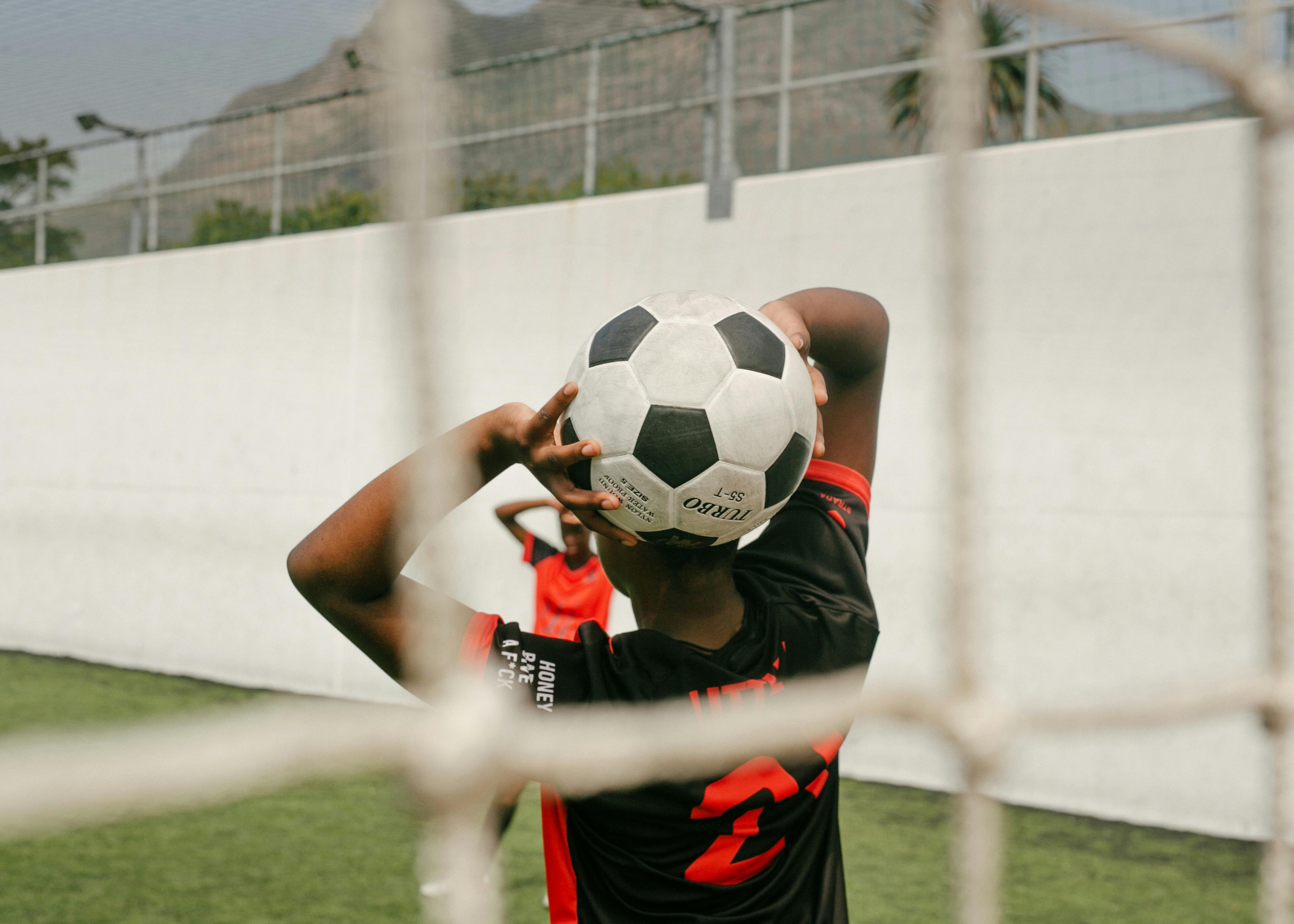
Introduction
Ever watched a soccer match come to a halt as the referee signals a foul throw? It's a frustrating moment that can cost your team possession and momentum. Many players underestimate the importance of mastering how to throw-in soccer properly, treating it as a mere afterthought in their training regimen. This oversight can lead to lost opportunities and unnecessary turnovers during crucial match moments.
At City Champions, we understand that every aspect of the game matters—including the seemingly simple throw-in. This comprehensive guide will transform this often-neglected skill into one of your team's strategic advantages.
Understanding the Importance of Throw-Ins
Throw-ins occur frequently in a soccer match—approximately 40-50 times per game. Despite this frequency, many players and coaches fail to recognize their strategic importance. A properly executed throw-in can:
- Maintain possession for your team
- Create attacking opportunities
- Relieve pressure in defensive situations
- Set up goal-scoring chances in the final third
The best teams in the world recognize throw-ins as vital set pieces rather than mere restarts. Liverpool FC, for example, hired a dedicated throw-in coach in 2018, which helped improve their throw-in retention rate from 45.4% to 68.4%.
As we explore at City Champions, leadership and teamwork are crucial for success—and effective throw-ins exemplify both qualities, requiring communication, coordination, and technical skill.
The Basic Rules of a Soccer Throw-In
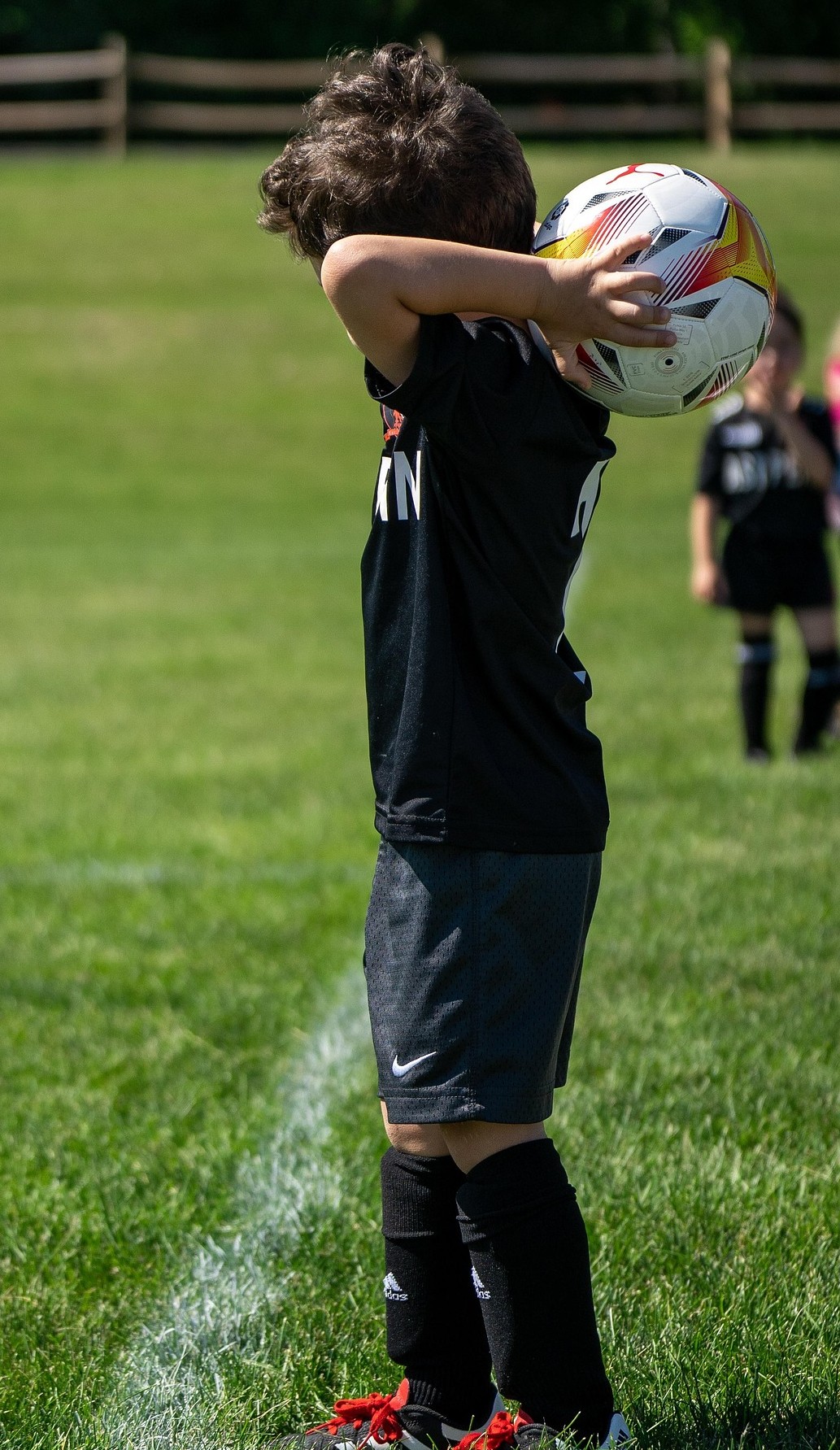
Before diving into technique, it's essential to understand the 17 rules of football, including those governing throw-ins. According to the official Laws of the Game:
- Both feet must remain on the ground, either on the touchline or outside the field of play
- Both hands must deliver the ball from behind and over the head
- The player must face the field of play during the throw
- The ball must be thrown from the point where it left the field
- The thrower cannot touch the ball again until another player touches it
- A goal cannot be scored directly from a throw-in
Violating any of these rules results in a foul throw, and possession is awarded to the opposing team. For young players just learning how to play football properly, mastering these fundamentals is crucial.
Step-by-Step Guide: How to Throw-In Soccer Properly
1. Proper Ball Grip
The foundation of an effective throw-in starts with how you hold the ball:
- Spread your fingers widely across the back of the ball
- Position your thumbs close together but not touching
- Hold the ball with firm but not excessive pressure
- Ensure your grip provides maximum control and power
2. Body Positioning
Your stance is critical for balance and power:
- Position your feet shoulder-width apart for stability
- Place both feet either on or behind the touchline
- Square your shoulders to your target on the field
- Distribute your weight evenly on both feet
- Slightly bend your knees for better balance
3. The Wind-Up Motion
Generating power comes from proper preparation:
- Take the ball behind your head in one fluid motion
- Bend slightly at the waist, leaning back
- Keep your elbows bent at approximately 90 degrees
- Maintain a firm grip with both hands on the ball
- Use your core muscles to prepare for the forward motion
4. The Release
The delivery determines accuracy and distance:
- Propel the ball forward in one smooth motion
- Snap your wrists at the release point for added power
- Extend your arms fully as you release the ball
- Transfer your weight from back to front
- Keep both feet planted firmly on the ground until release
5. The Follow-Through
Don't neglect the final phase of the throw:
- Continue the forward motion after releasing the ball
- Allow your arms to extend naturally toward the target
- Keep your eyes on your intended target throughout
- Maintain balance to prepare for the next play
- Step onto the field immediately after the throw (unless you're the goalkeeper)
For young athletes developing their skills at City Champions football academy, mastering these fundamentals creates a solid foundation for advanced techniques.
Common Throw-In Mistakes to Avoid
Even experienced players make these common errors:
- Lifting feet off the ground: The most common foul throw occurs when one or both feet leave the ground during delivery.
- One-handed throws: Both hands must be used equally in the throwing motion.
- Throwing from incorrect locations: The throw must occur at the point where the ball exited the field.
- Improper ball delivery: The ball must travel from behind and over the head in one fluid motion.
- Stepping onto the field too early: Wait until the ball leaves your hands before stepping onto the pitch.
- Poor communication: Failing to signal teammates about your intended target.
- Slow execution: Taking too long allows the opposition to organize defensively.
Avoiding these mistakes is part of how to get better in football and elevating your overall game awareness.
Advanced Throw-In Techniques
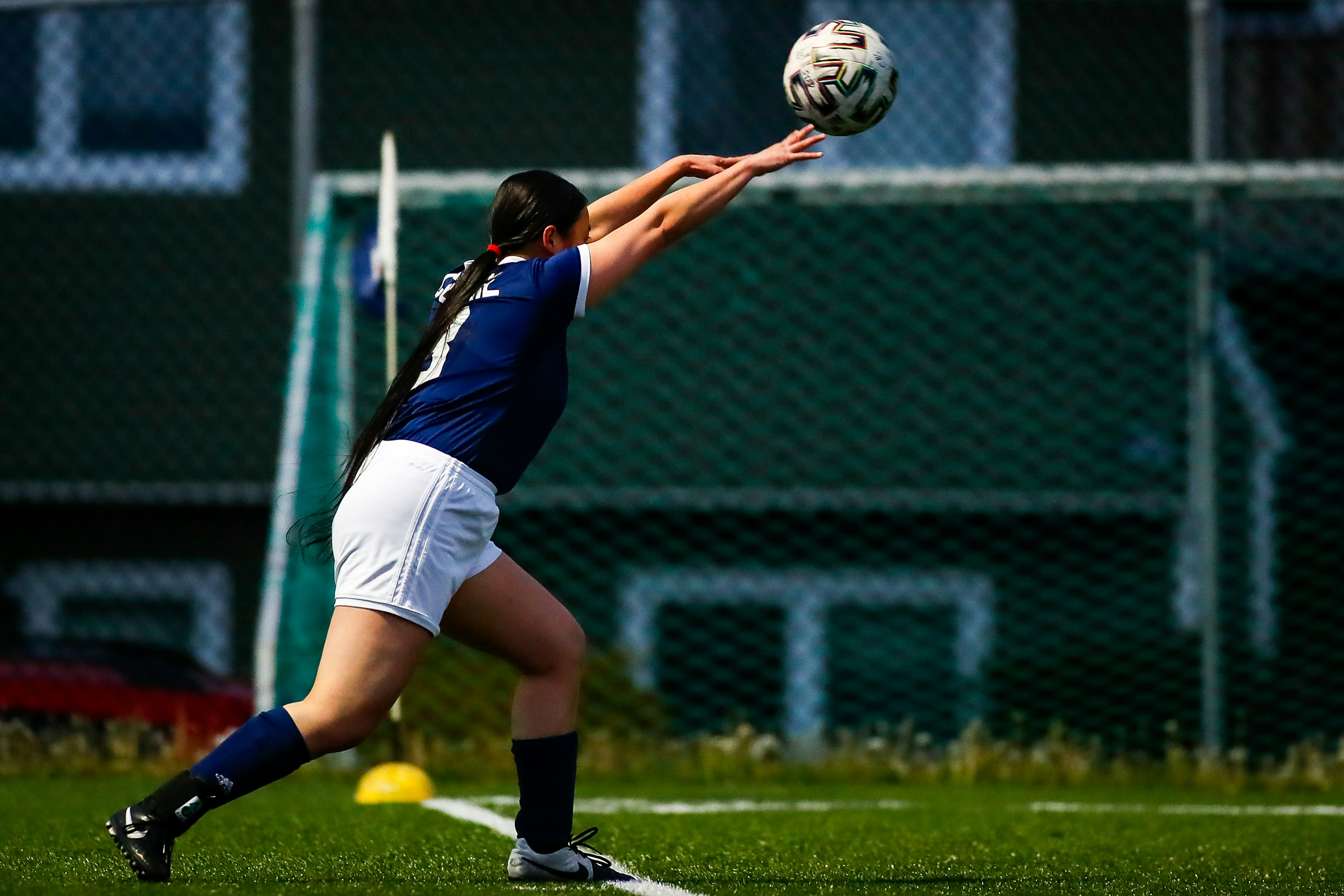
Once you've mastered the basics, explore these advanced techniques:
The Long Throw-In
Some players can turn throw-ins into dangerous attacking weapons with throws reaching 30-40 meters:
- Incorporate a short run-up (while keeping the ball behind the head)
- Use a towel to dry the ball for better grip (if conditions permit)
- Engage your core and back muscles more aggressively
- Implement a more pronounced hip rotation
- Practice specific strength training for your upper body and core
The Flip Throw-In
Made famous by players like Rory Delap, this acrobatic throw generates tremendous power:
- Approach the touchline with momentum
- Place the ball on the ground momentarily
- Begin a forward handspring motion while scooping the ball
- Complete the handspring with the ball above your head
- Release at the apex of the motion while keeping feet planted
Note: This technique requires significant practice and athleticism. Begin with supervision and proper training.
The Quick Throw-In
Speed can be more valuable than distance in certain situations:
- Retrieve the ball quickly
- Identify an open teammate immediately
- Execute the throw without deliberation
- Focus on accuracy over distance
- Use this to catch the opposition before they organize
At City Champions football camps, we emphasize these techniques through dedicated drills and match simulations.
Drills to Improve Your Throw-In Technique
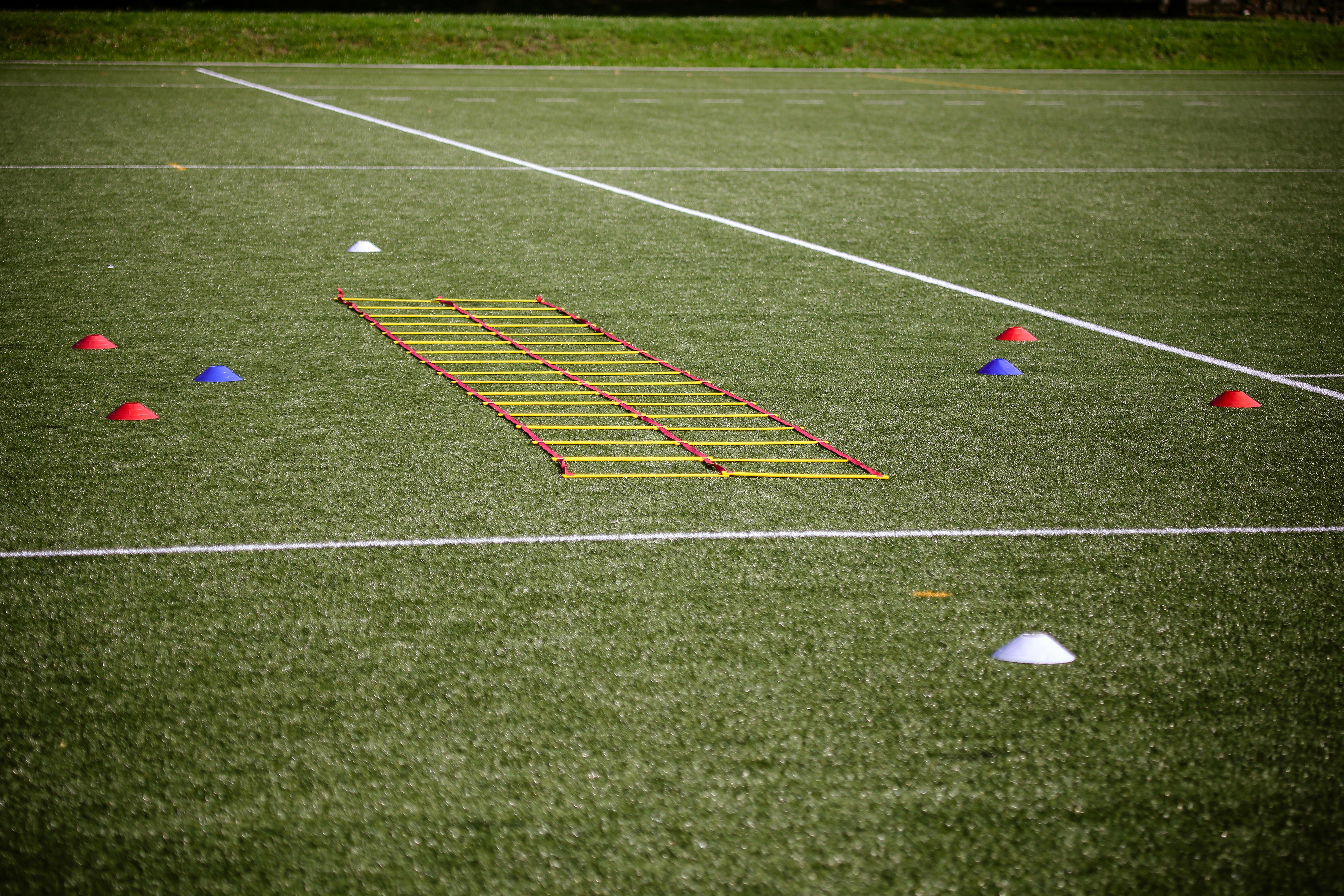
1. Target Practice
- Set up cones or targets at various distances
- Practice hitting these targets consistently
- Gradually increase distance as accuracy improves
- Add moving targets (teammates) for greater challenge
2. Throw and Move
- Execute a throw-in to a teammate
- Immediately move into space to receive a return pass
- Practice quick transition from thrower to active player
- Emphasize communication between thrower and receiver
3. Throw-In Circuit Training
- Station 1: Short, accurate throws to feet
- Station 2: Medium-distance throws into space
- Station 3: Long throws into the penalty area
- Station 4: Throw-ins under defensive pressure
4. Strength and Flexibility Exercises
- Medicine ball overhead throws
- Core rotational exercises
- Shoulder mobility drills
- Arm and wrist strengthening exercises
Incorporating these drills into regular training sessions at weekend coaching programs will significantly improve throw-in proficiency.
Strategic Uses of Throw-Ins in a Match
Defensive Third Throw-Ins
When executing throw-ins near your own goal:
- Prioritize possession retention over distance
- Use short, safe throws to unmarked teammates
- Consider throwing to your goalkeeper if under pressure
- Avoid throwing across the face of your own goal
Middle Third Throw-Ins
In the middle of the field:
- Look for opportunities to switch play
- Use throw-ins to transition quickly from defense to attack
- Focus on creating numerical advantages
- Implement pre-planned throw-in routines
Attacking Third Throw-Ins
Near the opponent's goal:
- Use throw-ins as set-piece opportunities
- Target big players in the box with long throws
- Create confusion with designed movements
- Look for the "second ball" if defenders win the initial header
Tactical understanding of throw-ins complements technical skills, as we explore in our guide on football formations.
Teaching Kids How to Throw-In Properly
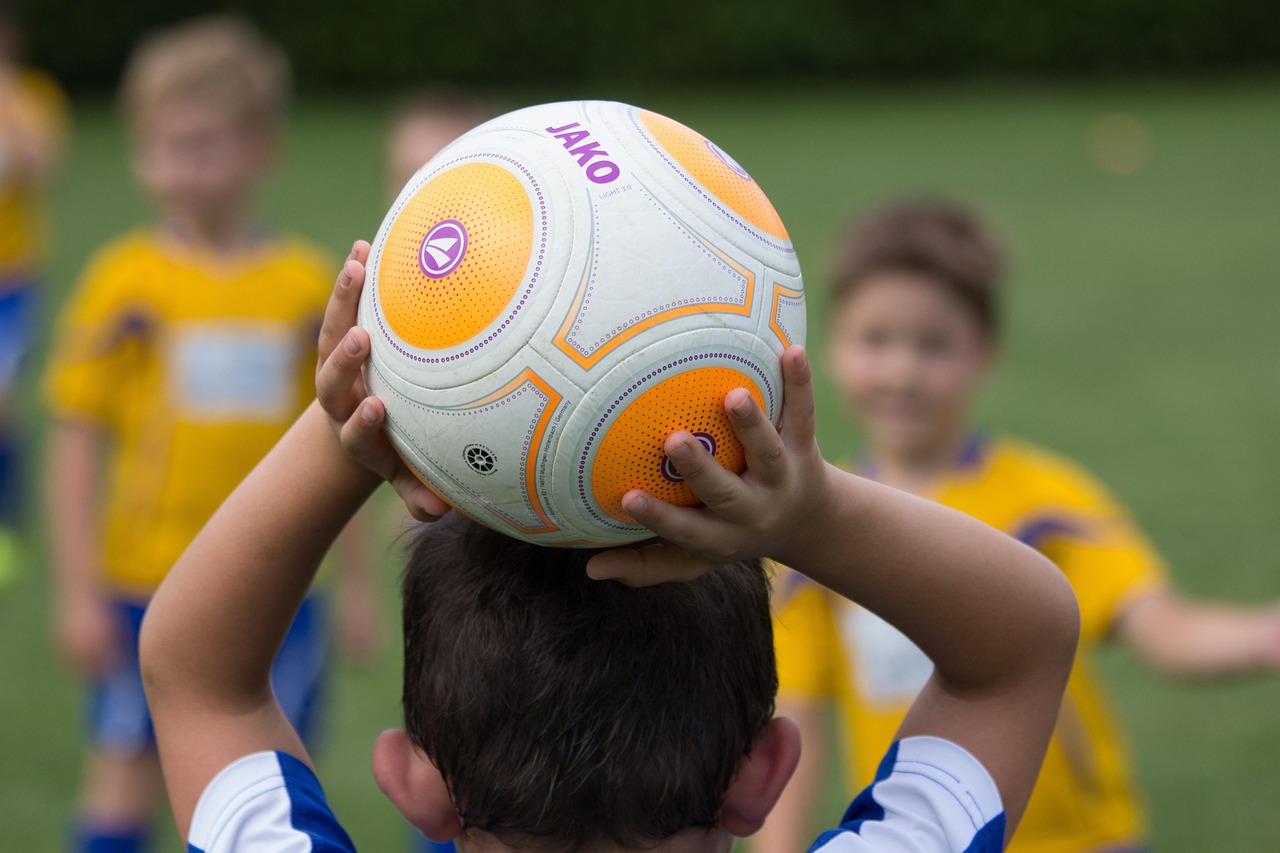
For youth coaches and parents:
- Simplify the rules: Focus on keeping feet down and using both hands
- Use proper-sized balls: Smaller balls for younger players
- Practice without pressure: Remove competition initially until technique is established
- Use visual demonstrations: Show rather than just tell
- Implement fun games: Make learning enjoyable through creative activities
- Provide immediate feedback: Correct errors gently but promptly
- Celebrate proper execution: Positive reinforcement builds confidence
Understanding the best age to join a football academy can help parents determine when children are ready for more structured throw-in training.
FAQs About Soccer Throw-Ins
Can you score directly from a throw-in?
No, you cannot score directly from a throw-in. If the ball enters the goal directly from a throw-in without touching another player, a goal kick is awarded to the opposing team.
Is there an offside rule for throw-ins?
No, a player cannot be in an offside position when receiving the ball directly from a throw-in.
How long do you have to take a throw-in?
While there's no specific time limit in the rules, referees can caution players for excessive delay. Generally, throw-ins should be taken within 6-8 seconds.
Can you fake a throw-in?
No, feinting or deceiving with a throw-in is not permitted and will result in a yellow card for unsporting behavior.
Can the goalkeeper take throw-ins?
Yes, goalkeepers can take throw-ins just like any other player, though this is uncommon in practice.
Conclusion
Mastering how to throw-in soccer properly might seem like a minor detail in the grand scheme of the beautiful game, but it's these details that separate good players from great ones. A well-executed throw-in can maintain possession, create scoring opportunities, and prevent unnecessary turnovers. By following the techniques outlined in this guide and incorporating dedicated practice into your training routine, you'll transform this commonplace restart into a valuable weapon in your team's arsenal.
At City Champions, we believe in developing complete players who excel in all aspects of the game. Whether you're joining us for football summer camps or regular training sessions on our professional-grade turf, we emphasize these fundamental skills that contribute to overall excellence on the pitch.
Remember, in football, as in life, the smallest details often make the biggest difference. Master the throw-in, and you'll add another valuable dimension to your game.
Looking to improve your football skills beyond throw-ins? Check out our comprehensive guides on how to improve your football skills and how to master passing in football. For training facilities, explore our football pitch rentals in Dubai.
Recent News
How to Improve Your Speed and Agility on the Field (Even If You're Not the Fastest Player)
link